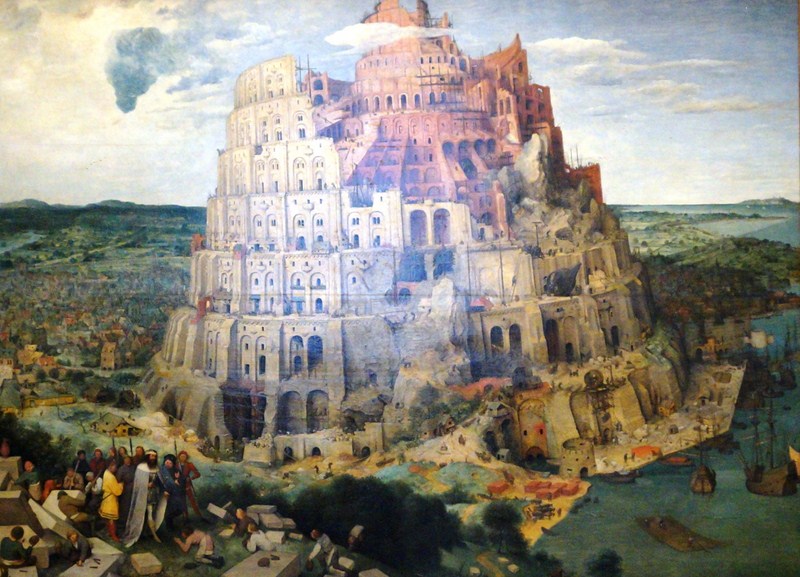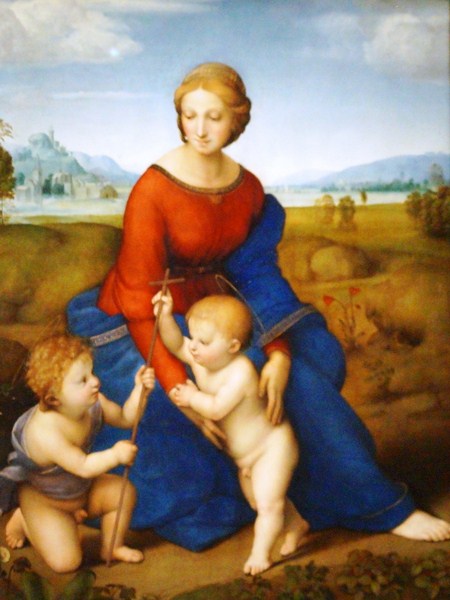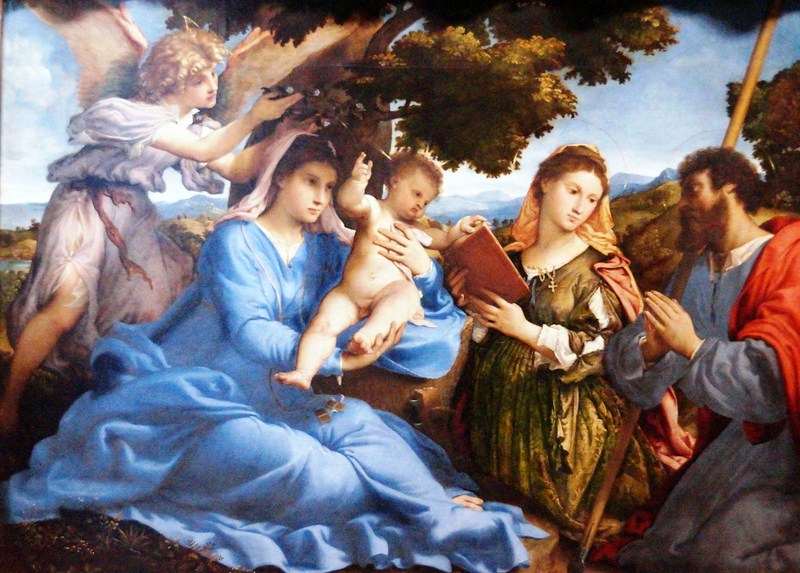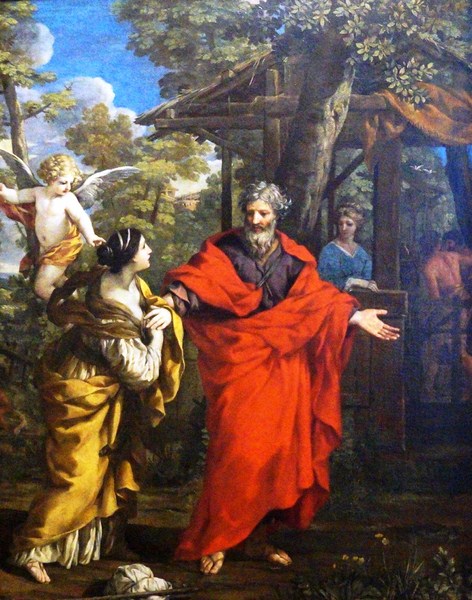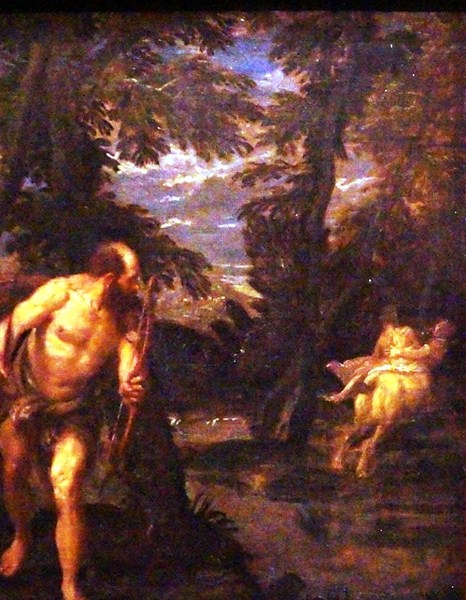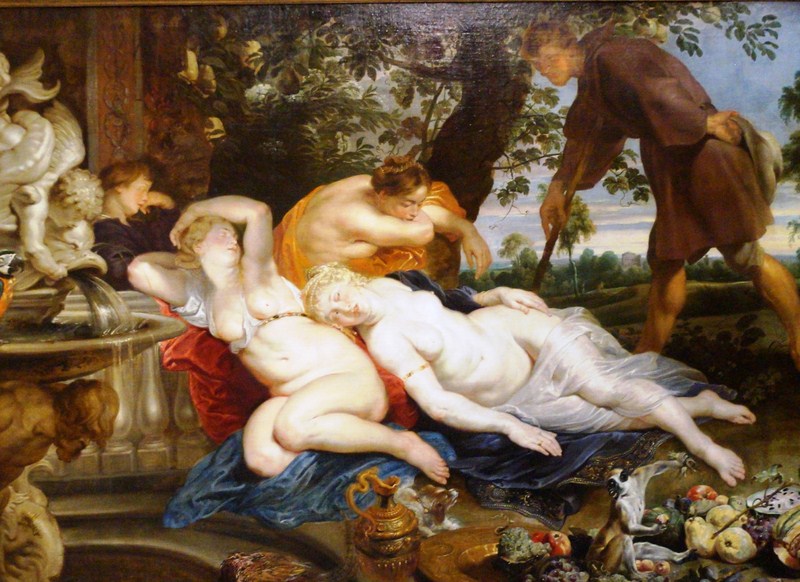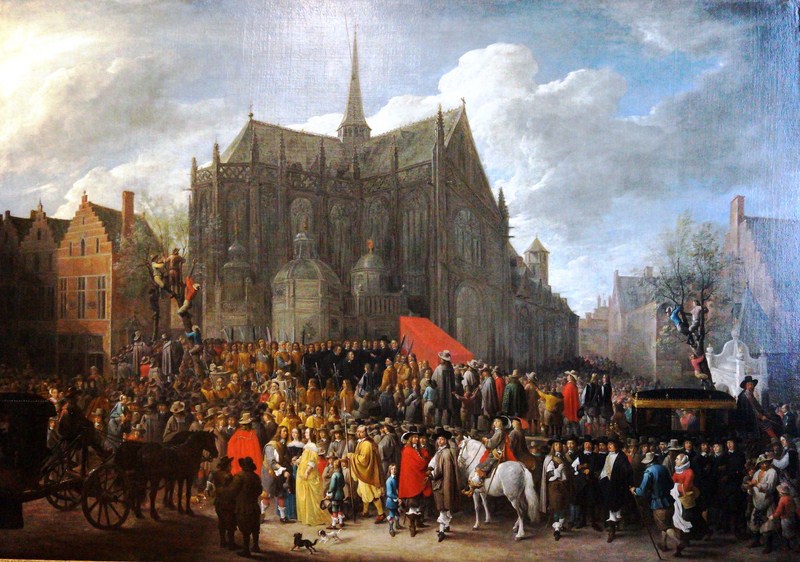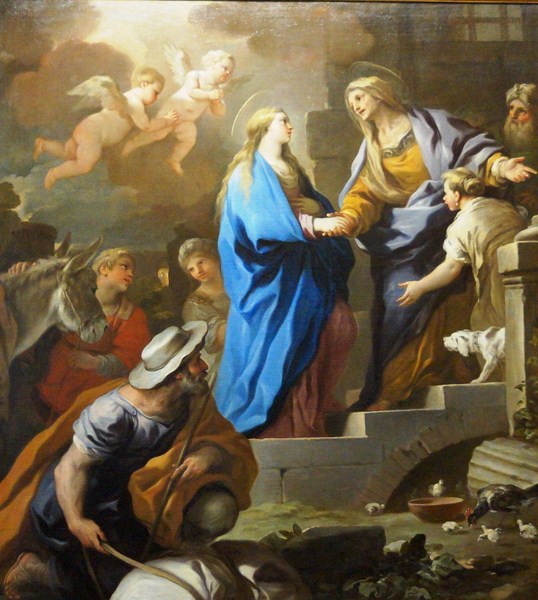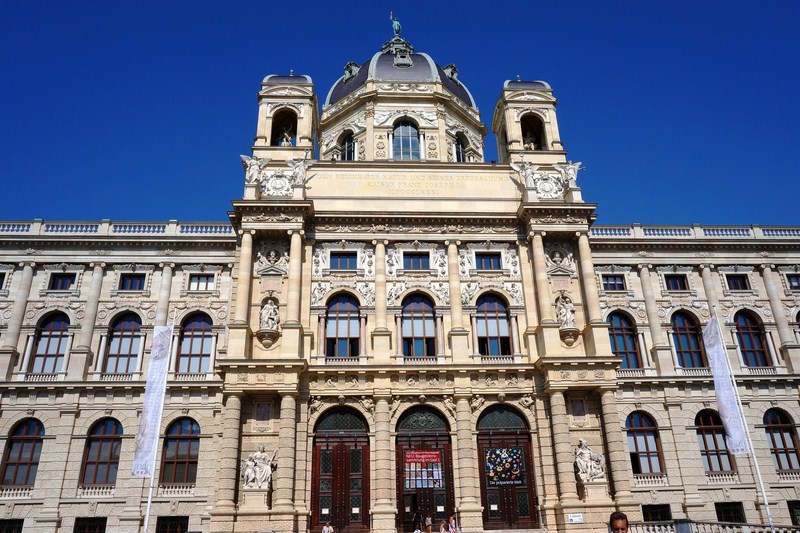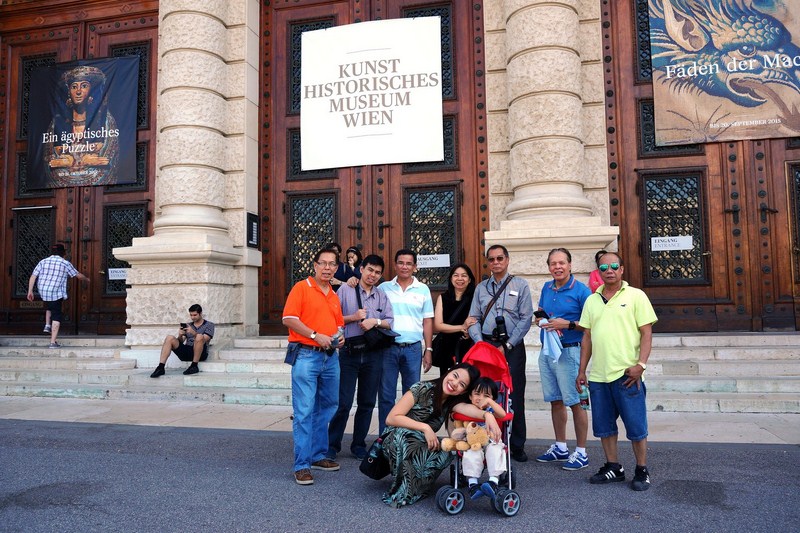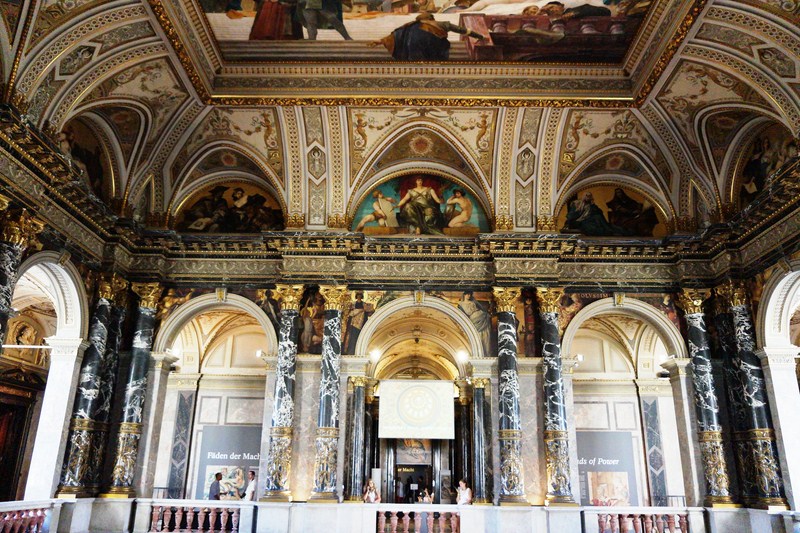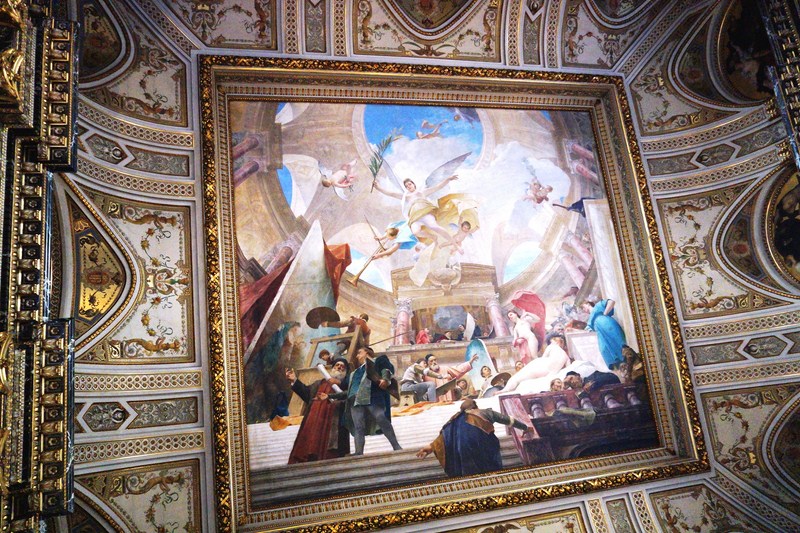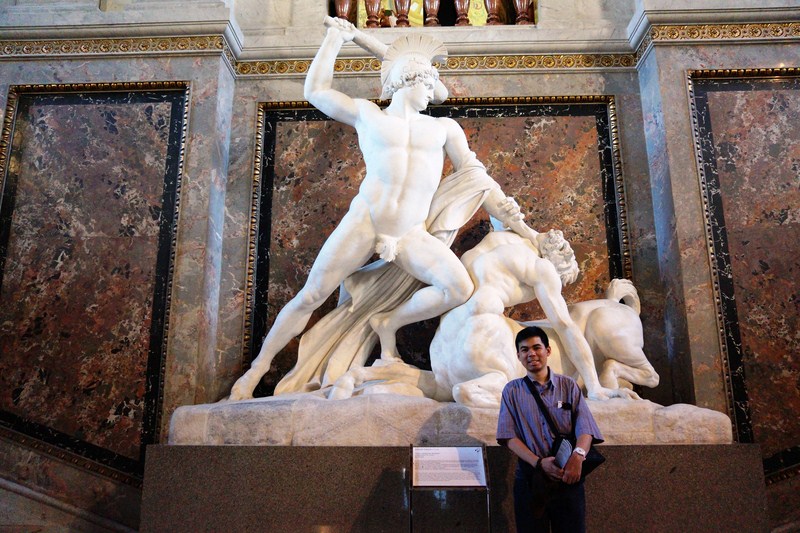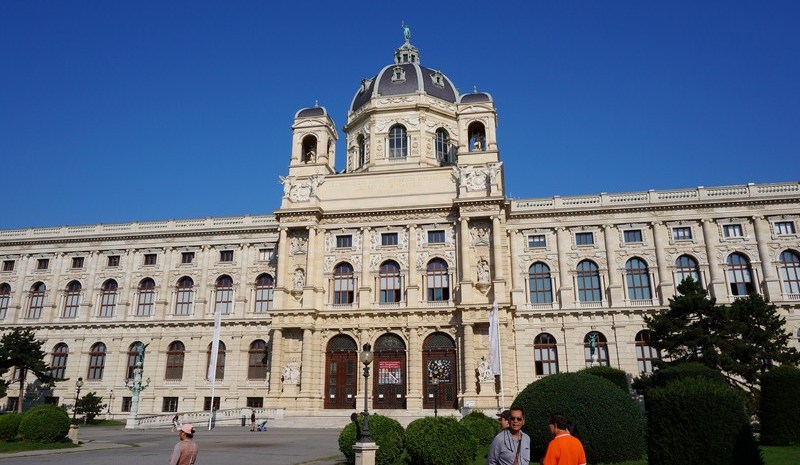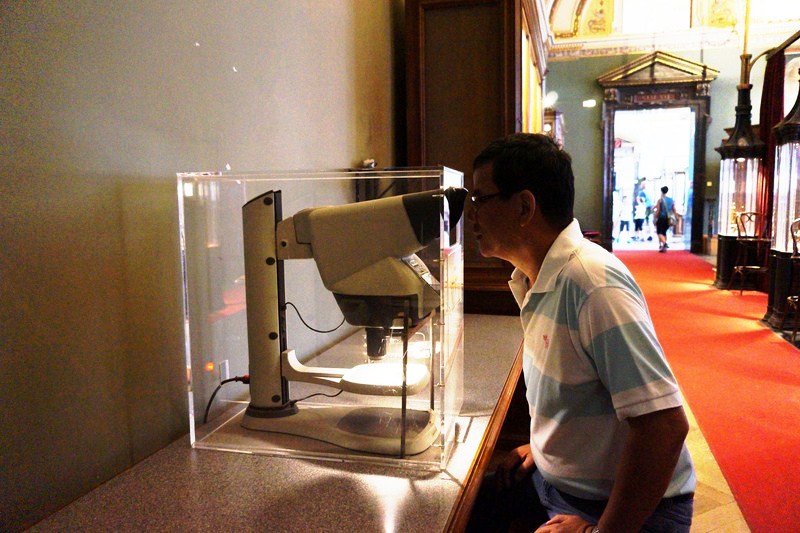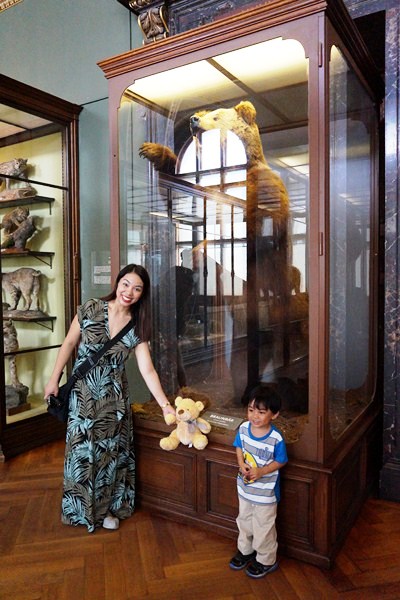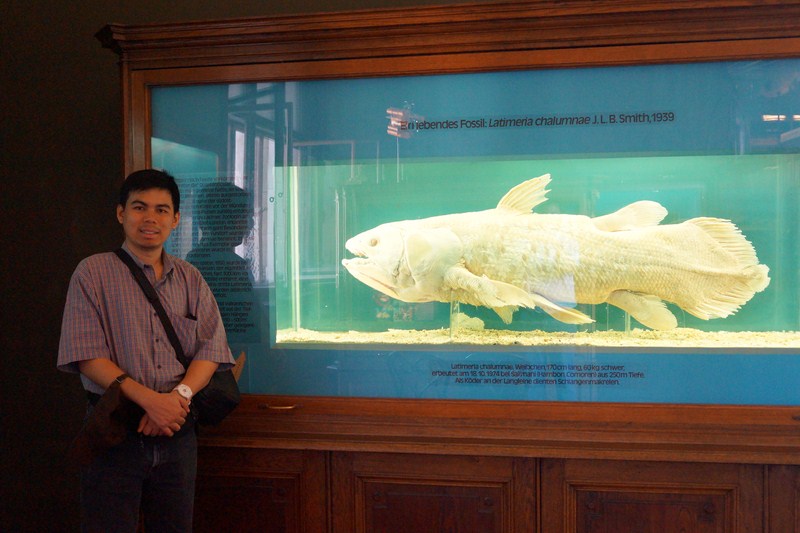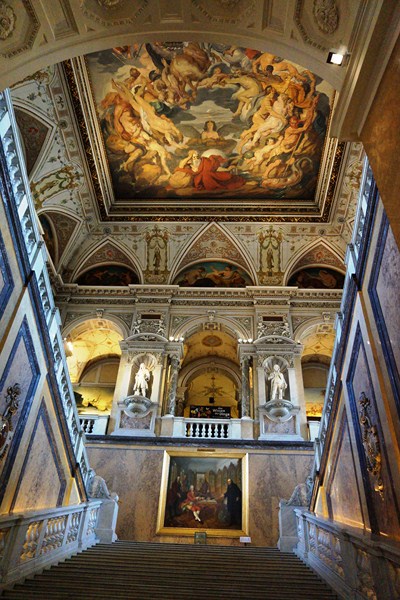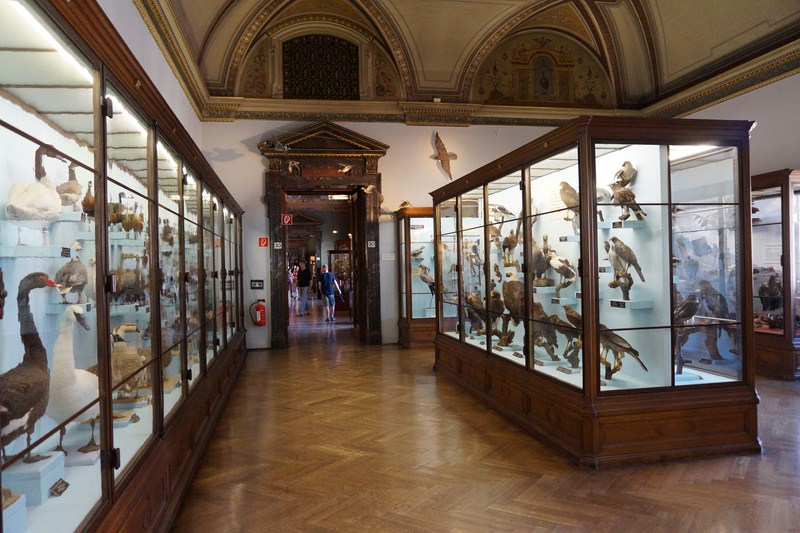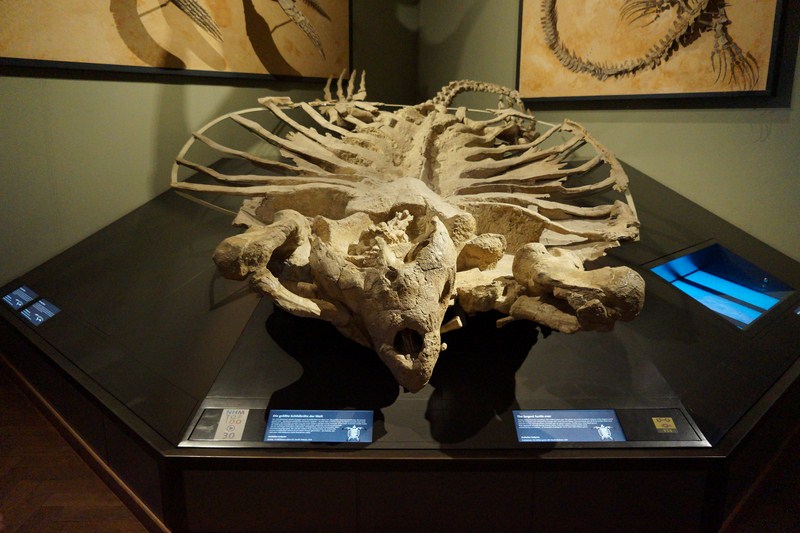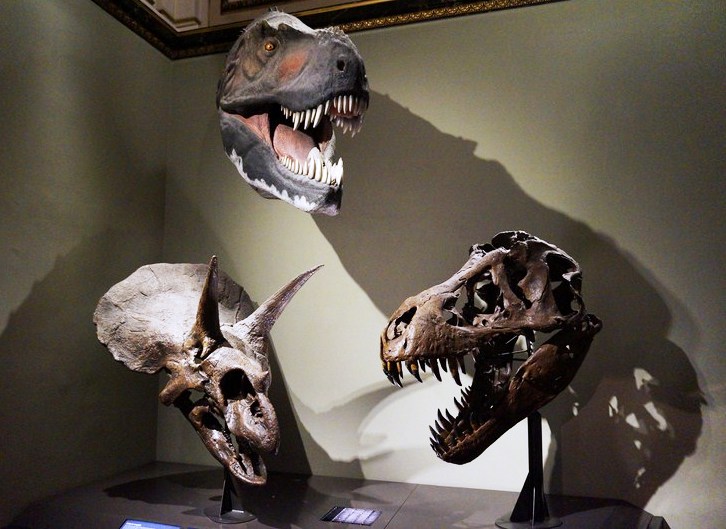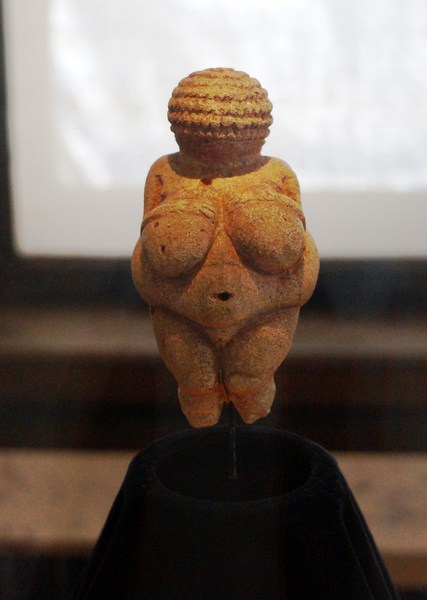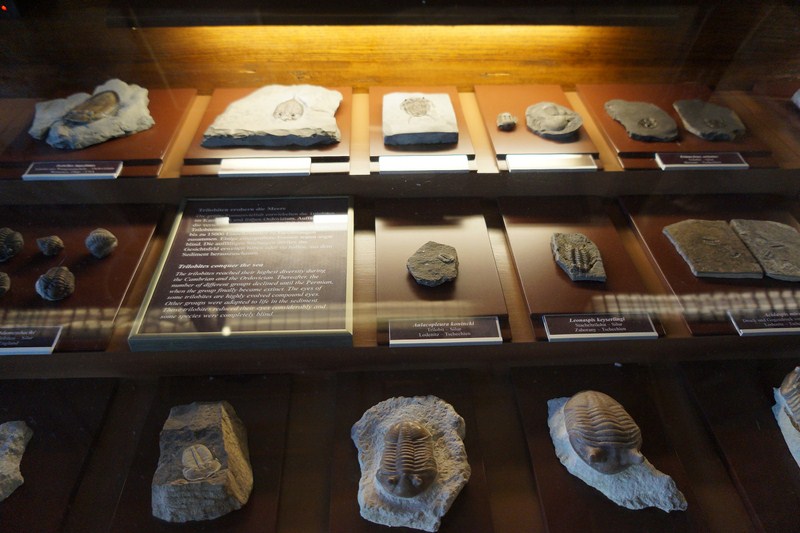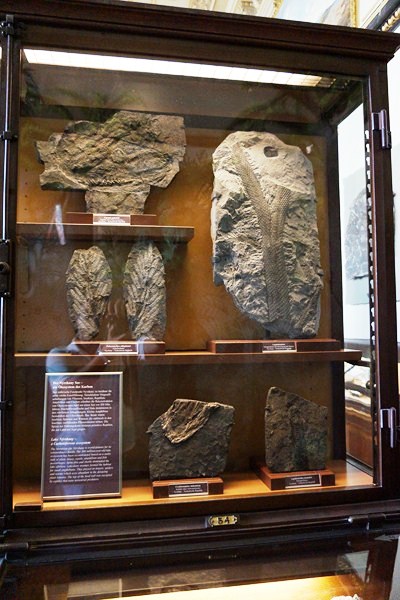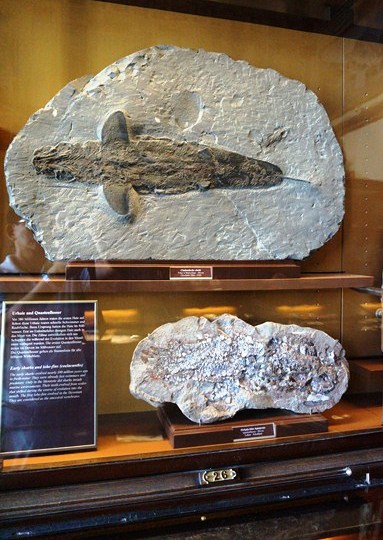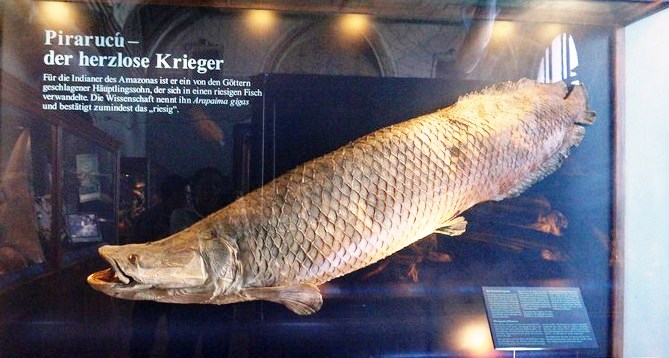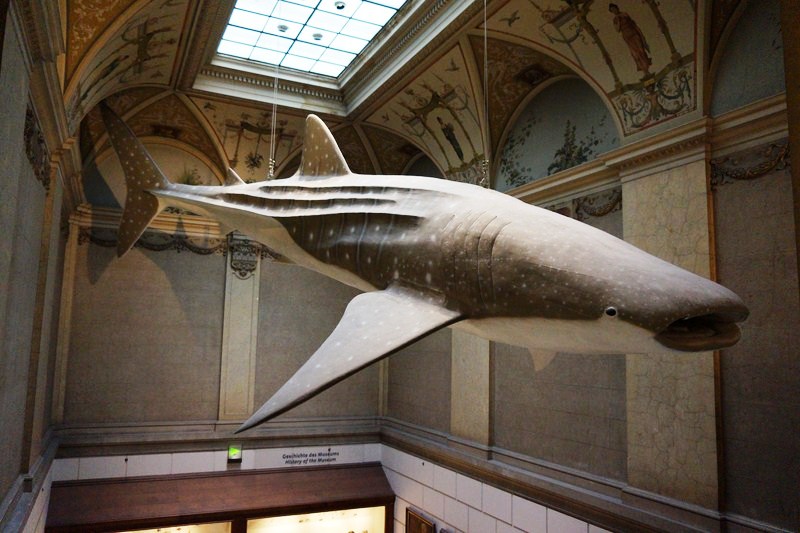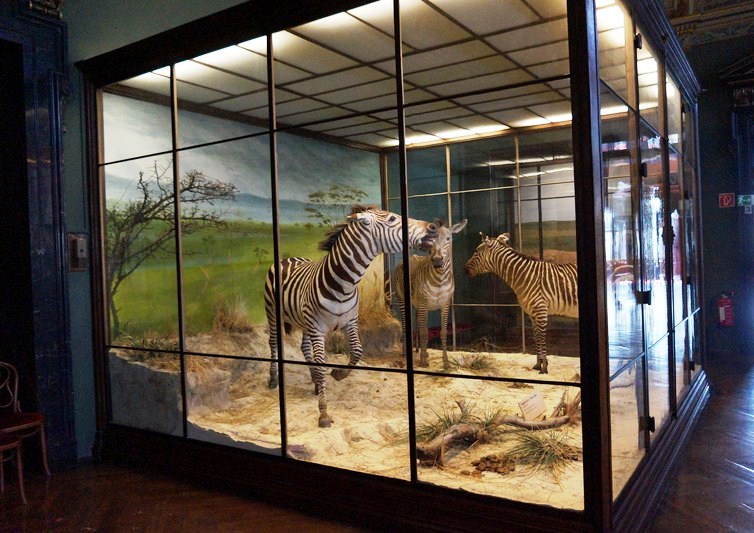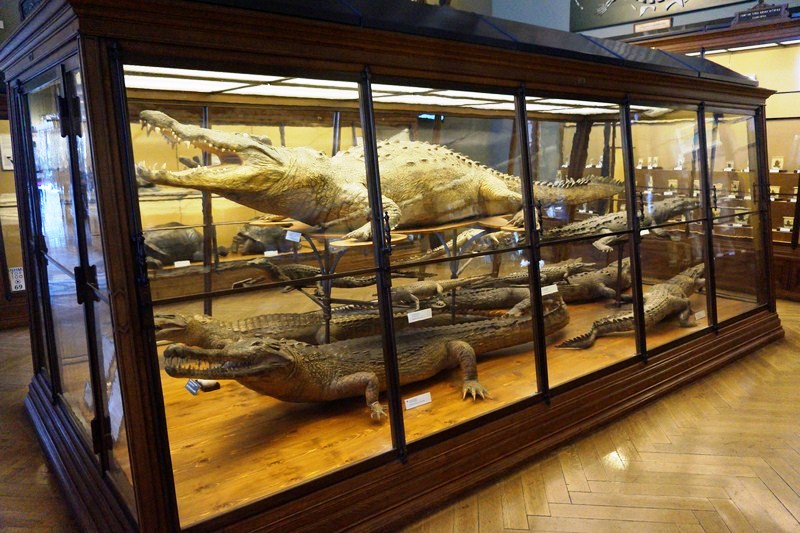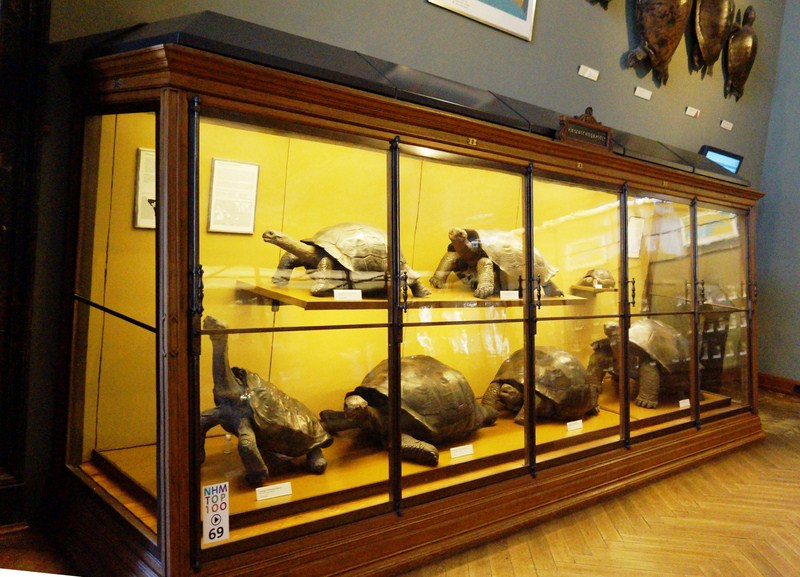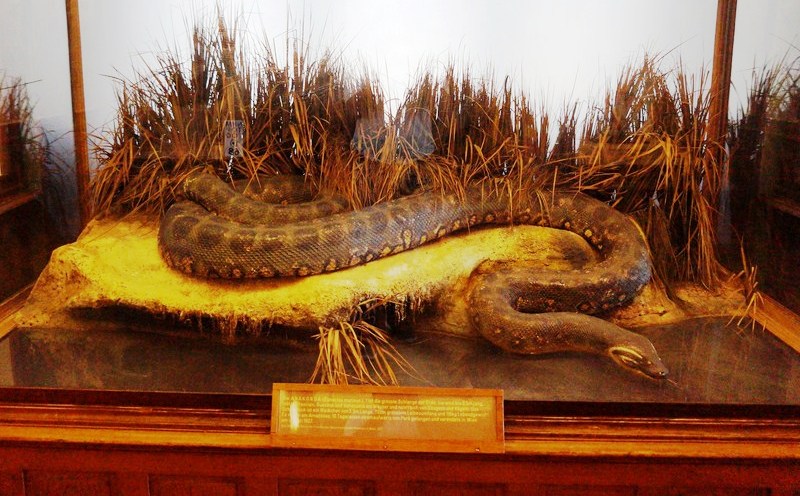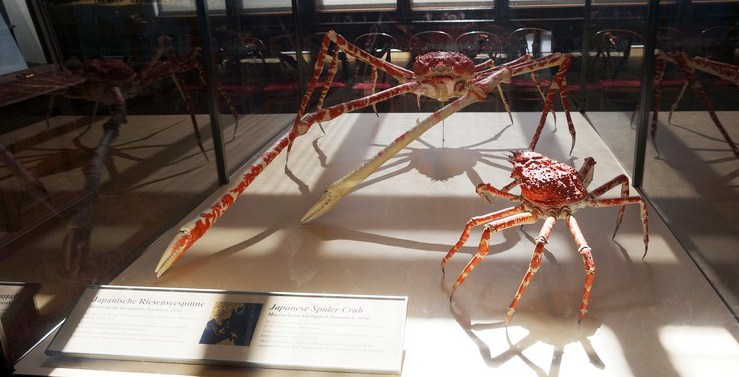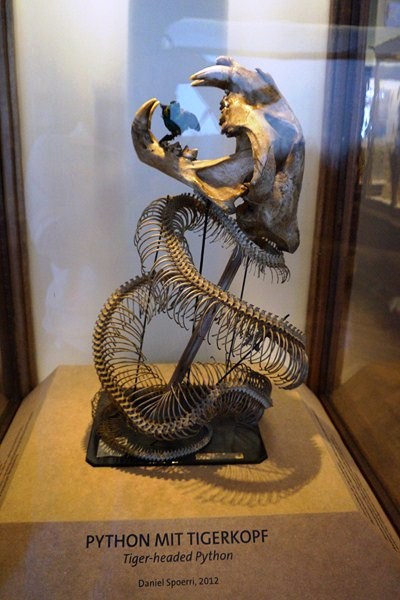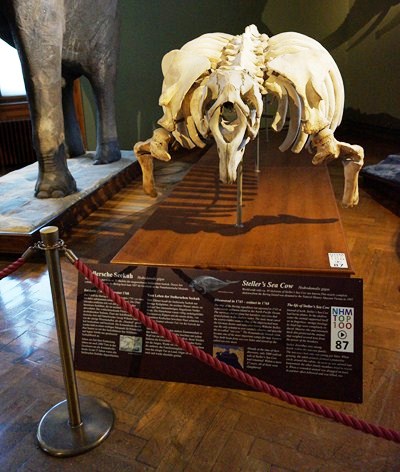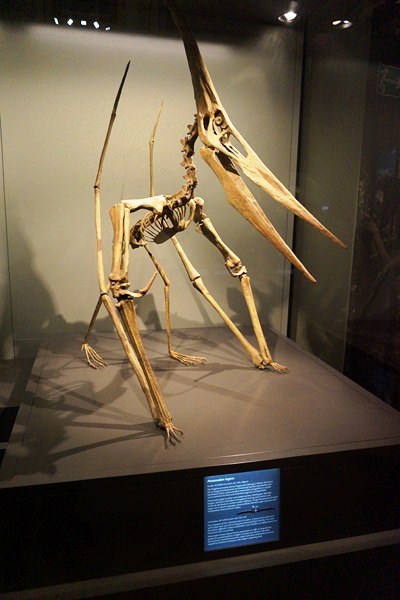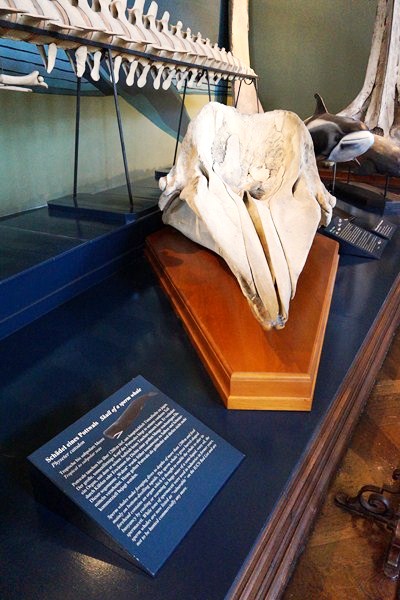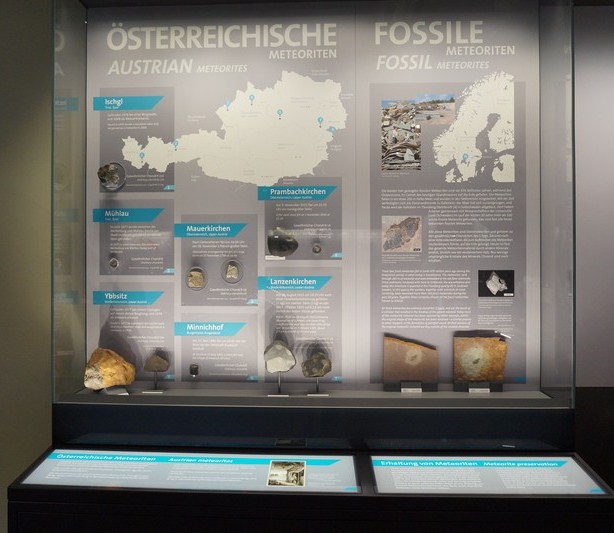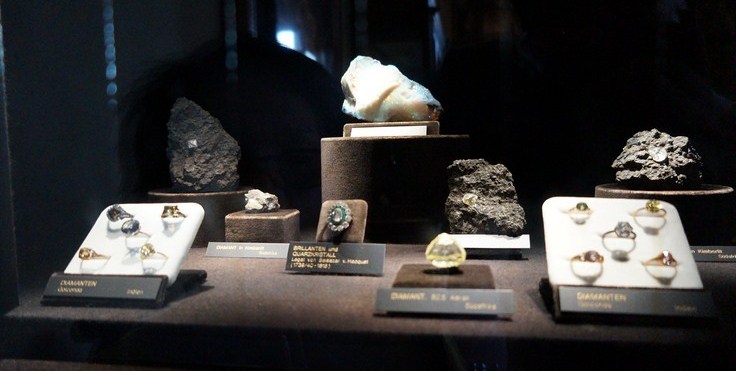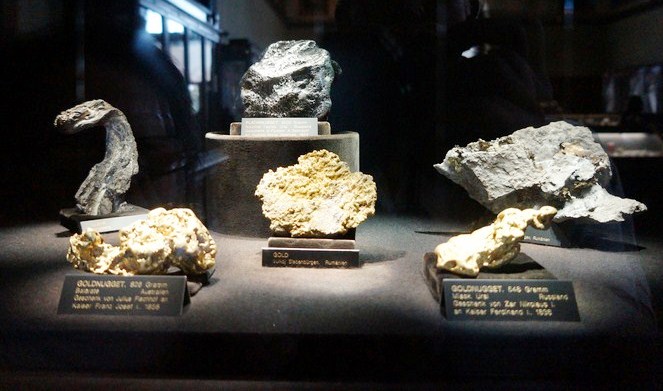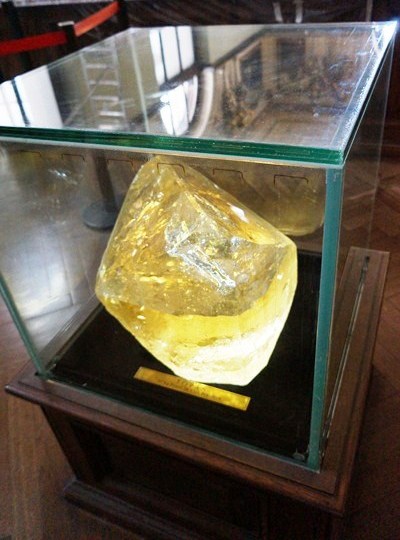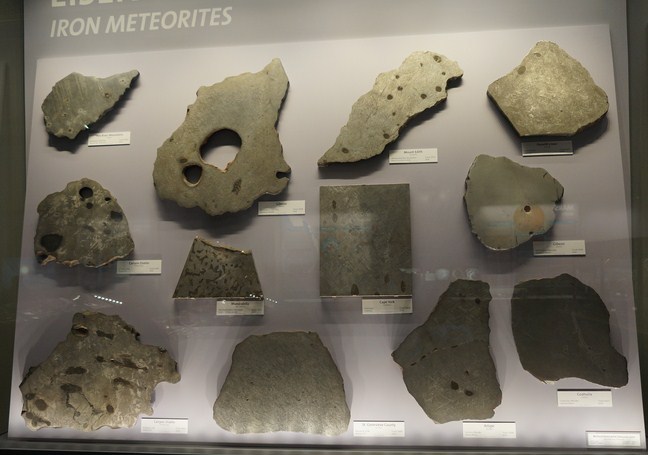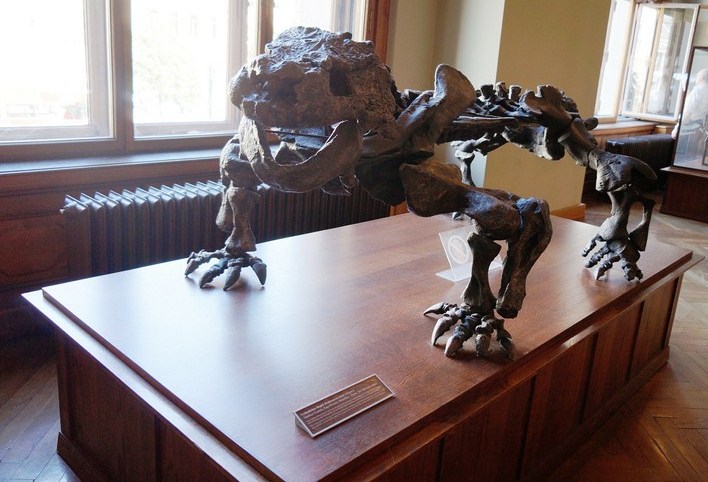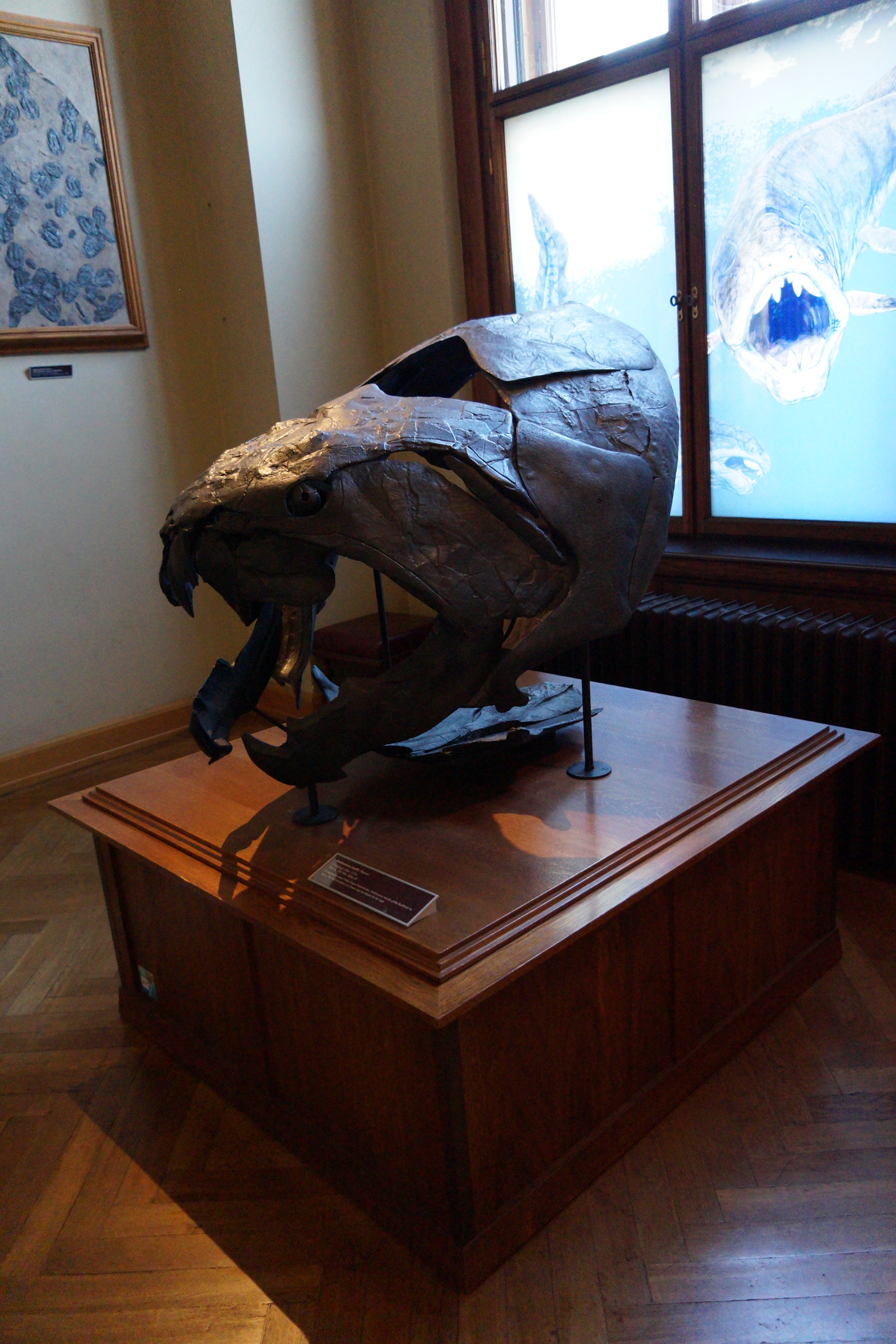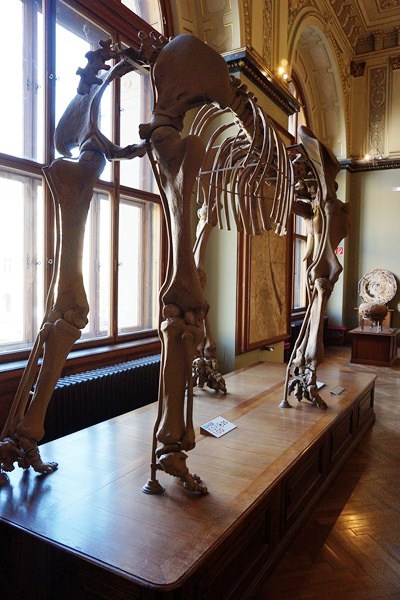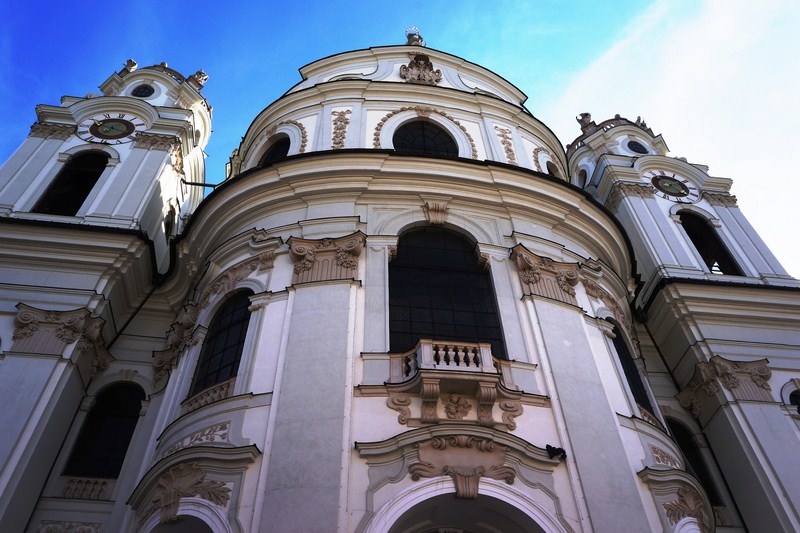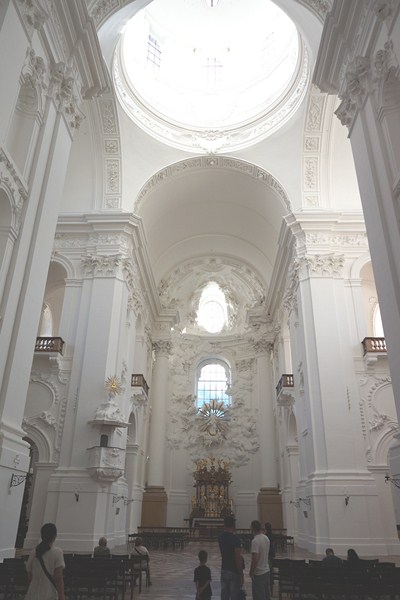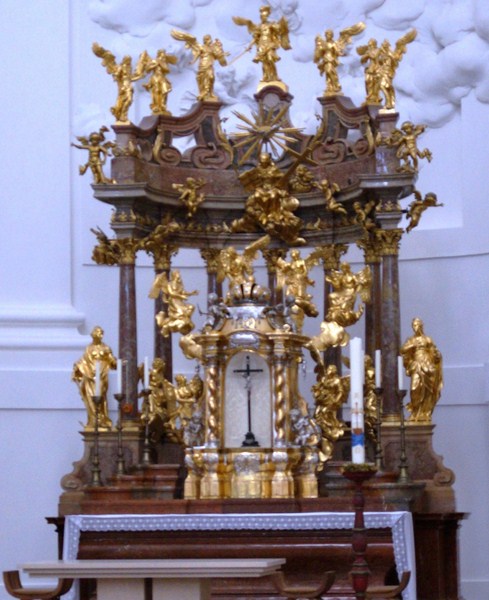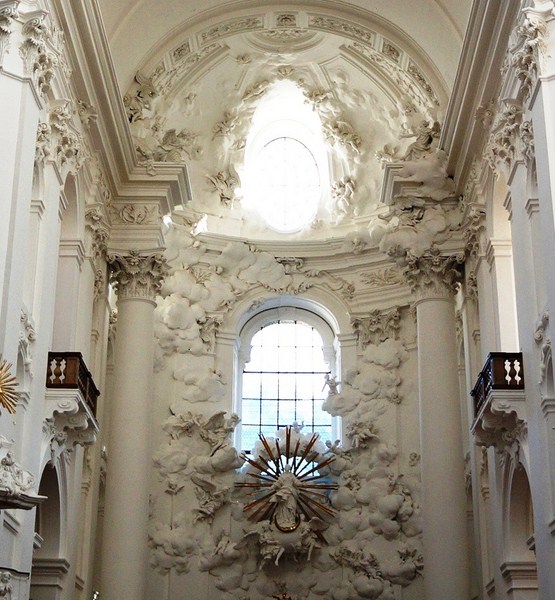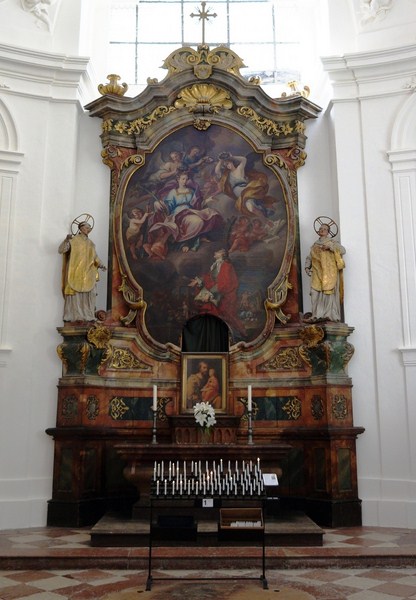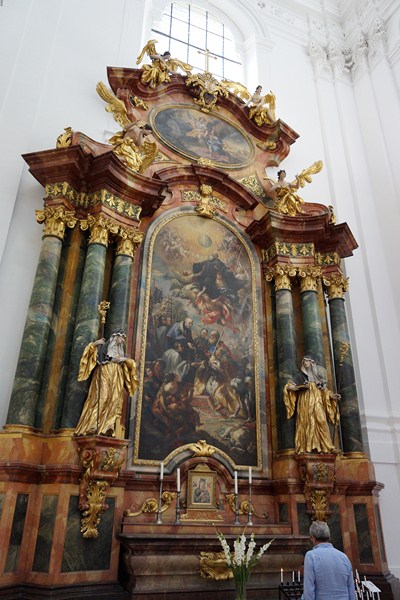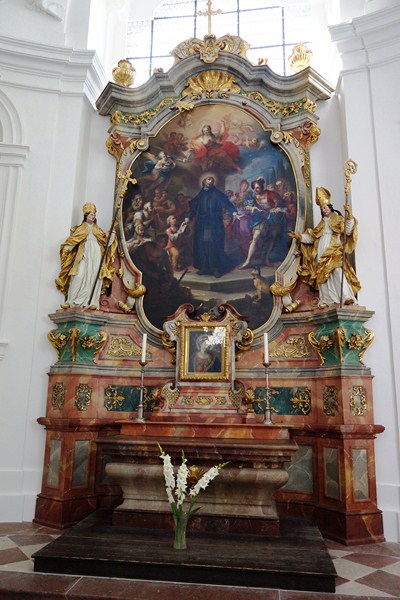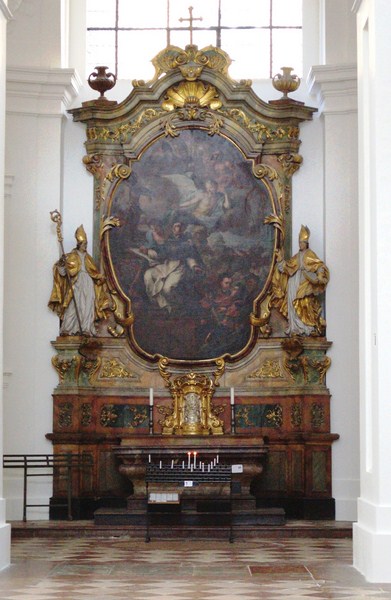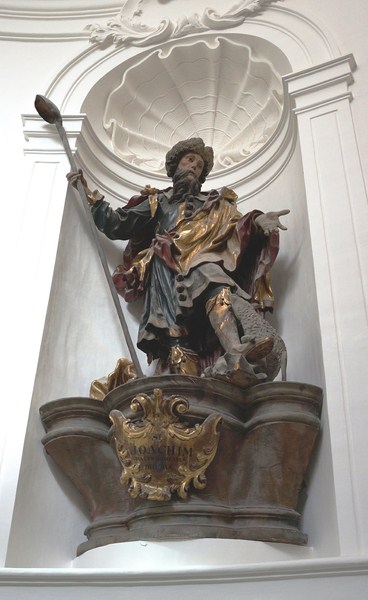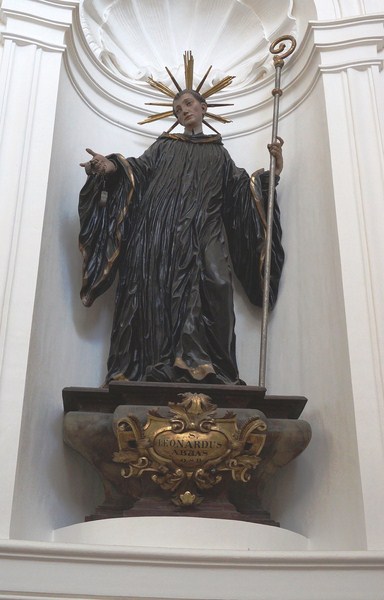The popular Hofburg, the extensive former imperial palace complex of the Habsburg dynasty rulers, was the political centre of the monarchy and was their principal imperial winter residence for over 600 years, as Schönbrunn Palace was their summer residence. Previously, the castle of the Austrian rulers had been located on the Am Hof, a square near the Schottenstift (Scottish Monastery).
Check out “Schonbrunn Palace and Gardens”
Since 1279, the Hofburg was the documented seat of government for various empires and republics, housing some of the most powerful people in European and Austrian history including kings and emperors of the Holy Roman Empire of the German Nation (from 1438 to 1583 and from 1612 to 1806) and, thereafter, the seat of the Emperor of Austria of the Austro-Hungarian Empire until 1918. Today, part of it forms the official residence and workplace of the Austrian Federal President.
Originally a fortified Medieval castle built in the 13th century, the Hofburg area has, over the centuries, been expanded by each emperor to include various residences (with the Amalienburg), the Imperial Chapel (Hofkapelle or Burgkapelle), the Naturhistorisches Museum (Natural History Museum) and Kunsthistorisches Museum, the Austrian National Library (Hofbibliothek), the Imperial Treasury (Schatzkammer), the Burgtheater, the Spanish Riding School (Hofreitschule), the Imperial Horse Stables (Stallburg and Hofstallungen), and the Hofburg Congress Center.
Check out “Kunsthistorisches Museum,” “Imperial Treasury” and “Natural History Museum”
This sprawling, asymmetric complex extends over 240,000 sq.m., consists of 18 wings, 19 courtyards and 2,600 rooms in which nearly 5,000 people still work and live today.
The Hofburg faces Heroes Square (Heldenplatz), ordered built under the reign of Emperor Francis Joseph, as part of what was to become an Imperial Forum (Kaiserforum), a two-winged structure reaching beyond the Ringstraße that was never completed. Standing at the foci of Heroes Square are the equestrian statues of Prince Eugene of Savoy and Archduke Charles, the two most important Austrian field marshals.
The Alte Burg (Old Fortress), the oldest part of the Hofburg has, since the 18th century, been called the Schweizertrakt (Swiss Wing) after the Swiss Guards who served as the palace watch. Over the centuries, the palace underwent alterations and, thought the core of the Medieval fortress complex has been preserved, its four corner towers, most of the moat and the drawbridge had to make way for that.
The Swiss Court (Schweizerhof), built during the reign of Emperor Ferdinand I in the style of the Renaissance, corresponds somewhat to a square formed around the oldest sections of the castle which originate from the 13th century and were primarily constructed by the last of the Babenbergers or by Ottakar II of Bohemia. The lower section of this wing once accommodated the imperial kitchen.
Situated here are the Burgkapelle (the Vienna Boys’ Choir still sings on Sundays at High Mass), a Gothic chapel built in 1449; the Schatzkammer, the Imperial Treasury which holds, among other objects, the Imperial Insignia of the Holy Roman Empire (Reichskleinodien) and that of the Empire of Austria); and the Hofmusikkapelle (the Imperial Music Chapel).
Its famous Schweizertor, the red-black Swiss Gate, is the main motif in the silver 20 euro Renaissance commemorative coin. The gate, designed by Pietro Ferabosco, is one of only a handful of Renaissance monuments in Vienna. It displays the many titles of Emperor Ferdinand I and the insignia of the Order of the Golden Fleece. It is flanked by two soldiers in period attire, a reminder of the unsettled times which saw Vienna besieged by Turkish armies in 1529, as well as the struggles between Protestants and Catholics during the Reformation.

The many titles of Emperor Ferdinand I and the insignia of the Order of the Golden Fleece at the Swiss Gate.
The formerly free-standing Amalienburg (Amalia Residence) wing, across from the Swiss Gate, was named after Empress Amalie Wilhelmine, who used it as her dower residence after the death of husband, Emperor Joseph I.
Constructed during the 16th century, in the style of the late Renaissance, as the Viennese residence of Emperor Rudolph II, it had already been in use for more than a century. Its last occupant was Empress Elisabeth, whose apartments are today open to the public. The small domed tower has an astronomical clock on its façade.
The early Baroque Leopoldine Wing (the Leopoldischiner Trakt), connecting the Amalienburg with the Swiss Court, was designed by Italian architect-engineer Filiberto Luchese and built between 1668 and 1680 under Emperor Leopold I. After the Siege of 1683 by the Turks, the Leopold Wing was rebuilt by Giovanni Pietro Tencala with an additional floor installed.
During the 18th century, it was occupied by Empress Maria Theresa and, after her death, its magnificent apartments were used as state rooms until the end of the monarchy. The architecture of this wing still bears a connection to the late Renaissance. Since 1946, this wing houses the offices of the Federal President. As well as that of the Amalienburg, the lower section of this wing served as the enormous wine cellar for the Hofburg.
The Imperial Stables (Stallburg), although not physically connected to the rest of the Hofburg complex, was started in 1559 and were originally built as a residence for Maximilian II, the son of Ferdinand I and the then crown prince. Later, this structure accommodated the art collection (which formed the core of the later Kunsthistorisches Museum from 1889) of Archduke Leopold Wilhelm, the art-inclined brother of Emperor Ferdinand III. The first Austrian parliament sat here in 1848. Only later was it used to house the imperial horses. Today, it is still used by the Spanish Riding School (Spanische Hofreitschule). The famous Lipizzan stallions, can be seen here daily (except on Mondays), at their morning training.
The Winter Riding School (Winterreitschule), where you can watch performances of Lipizzan stallions, is located across from the Stallburg and was also designed by the Baroque architects Lukas von Hildebrandt and Joseph Emanuel Fischer von Erlach.
The Imperial Chancellery Wing Reichskanzleitrakt, across from the Leopold Wing, was originally planned by Baroque architect Johann Lucas von Hildebrandt and completed in 1730. It accommodated the Aulic Council (Reichshofrat), the offices of the Imperial Vice Chancellor (Reichsvizekanzler). After the end of the Holy Roman Empire in 1806, this wing housed the apartments of the Duke of Reichstadt (Napoleon II) and, from the middle of the 19th century, those of Emperor Francis Joseph I.
On the Chancellery portals are sculptures, representing the Labors of Hercules, by Lorenzo Mattielli. The Kaisertor (Emperor’s Gate), at the central section, gives access to the imperial apartments. The imposing armorial shield of Emperor Charles VI with the double eagle bearing the Austrian shield in the colors of red, white and red and surmounted by the imperial crown, rises from the edge of the roof.
The originally free-standing Imperial Library (Hofbibliothek), housed on the other side of the complex, was founded by Charles VI. Now called the Prunksaal, it now houses the Austrian National Library (Österreichische Nationalbibliothek). Its construction was begun by Baroque court architect Johann Bernhard Fischer von Erlach and, after Johann’s death in 1723, finished in 1735 by his son Joseph Emanuel Fischer von Erlach. This magnificent hall, the most significant part of the Hofburg in artistic terms, contains the precious book collection of Prince Eugene, an enormous ceiling fresco by Daniel Gran, and statues of emperors by Paul Strudel.
The exterior, decorated with Attika figures, was executed, in 1726, by Lorenzo Mattielli who placed a statue of Pallas Athene, riding on a quadriga, above the main entrance. He also situated Atlas, supporting the celestial globe and flanked by Astronomy and Astrology, on the left portion of the roof and, on the opposite side, Gaia with the terrestrial globe, flanked by allegories of Geometry and Geography.
The present Joseph Square (Josephsplatz), one of the most beautiful locations in Vienna, was created when, from 1763 to 1769, Nicolo Pacassi connected the Imperial Library to the other parts of the Hofburg and its other side to St. Augustine’s Church (Augustinerkirche). At the center of Joseph Square is the equestrian statue of Emperor Joseph II by Franz Anton von Zauner.
On the southeast side of Joseph Square, adjacent to the Imperial Library, is the Baroque Augustinian Wing, so identified for its proximity to the Augustinian Church and Monastery. The Augustinian Church (Augustinerkirche), used by the Habsburgs as their court church and also for weddings, was where Emperor Franz Joseph I and Empress Elisabeth, alias Sisi, were married.
As the Hofburg Palace expanded, the wing became part of it. Because of its structural connections to the Augustinian Monastery, the Archduke Albrecht Palace (formerly Tarouca-de Sylva Palace), home of the Albertina Museum, is also considered part of the Hofburg Palace after the renovation of the Albertina in the 1820s by Joseph Kornhäusel. In early years of the 19th century, Archduke Albrecht and, later, his nephew, Archduke Friedrich, Duke of Teschen, both members of the Habsburg Family, lived in the building.
The Hearts’ Crypt, behind the Loreto side chapel, is a semicircular-shaped annex, separated by an iron door, where 54 hearts of House of Habsburg members are kept in silver urns.
The magnificent Zeremoniensaal (Ceremonial Hall), built for Emperor Franz II/I by the Belgian architect Louis Montoyer at the beginning of the 19th century, was nicknamed as the “Nose of the Hofburg,” derived from the fact that it, for almost a hundred years, formed a clearly visible protrusion at right angles to the Leopold Wing.
Having a truly imperial aspect, the Zeremoniensaal, fully integrated into the New Castle (Neue Burg), has an ornate coffered ceiling, 26 crystal chandeliers (which once held 1,300 candles) and 24 Corinthian columns with an artificial marble finish (the surface is not real stone but a form of painted gypsum known as stucco lustro).
Check out “Neue Burg”
During an exclusive Ball at the Court held here, Napoleon I asked for the hand of Marie Louise, the daughter of Emperor Franz II/I and, during a traditional Maundy Thursday ceremony, Emperor Franz Joseph and Empress Elisabeth invited twelve poor old men and women to have their feet washed.
The St. Michael’s Wing, originally planned by Joseph Emanuel Fischer von Erlach, was built from 1889 to 1893, utilizing a slightly altered plan of Ferdinand Kirschner. It serves as the connection between the Winter Riding School and the Imperial Chancellery Wing.
The Redoutensaele (derived from the French word “wikt:redoute” meaning an elegant masked ball), a 17th-century opera house converted into the beautiful dance and concert halls by Maria Theresia, became the setting for a cultivated style of entertainment. Its original plans were drawn up by Jean Nicolas Jadot de Ville-Issey (de), while the external facades are the work of Nicolò Pacassi and Franz Anton Hillebrandt (de).
Johann Strauss served as musical director to the court for the balls held at the Redoutensaele, and the audience was treated to music by Joseph Haydn, Nicolo Paganini and Franz Liszt and, in 1814, the premiere of Beethoven‘s 8th Symphony took place there. Over the centuries, in line with changing tastes, various modifications have been made in the balls. On November 27, 1992 the whole wing with the Redoutensaele was seriously damaged by fire and the reconstruction and faithful restoration work performed lasted five years. The Redoutensaele reopened in 1998 and, since then, became part of the Hofburg Congress Center.
Hofburg Palace: Michaelerplatz 1 (Michaelerkuppel), 1010 Vienna, Austria. Tel: +43 1 5337570. Open 9 AM-6 PM.
How to Get There:
Underground: U3 Herrengasse
Tram: 1, 2, 71, D Burgring
Bus: 2A, 3A Hofburg
HOP ON HOP OFF: Red Line: Kunsthistorisches Museum / Heldenplatz

































































